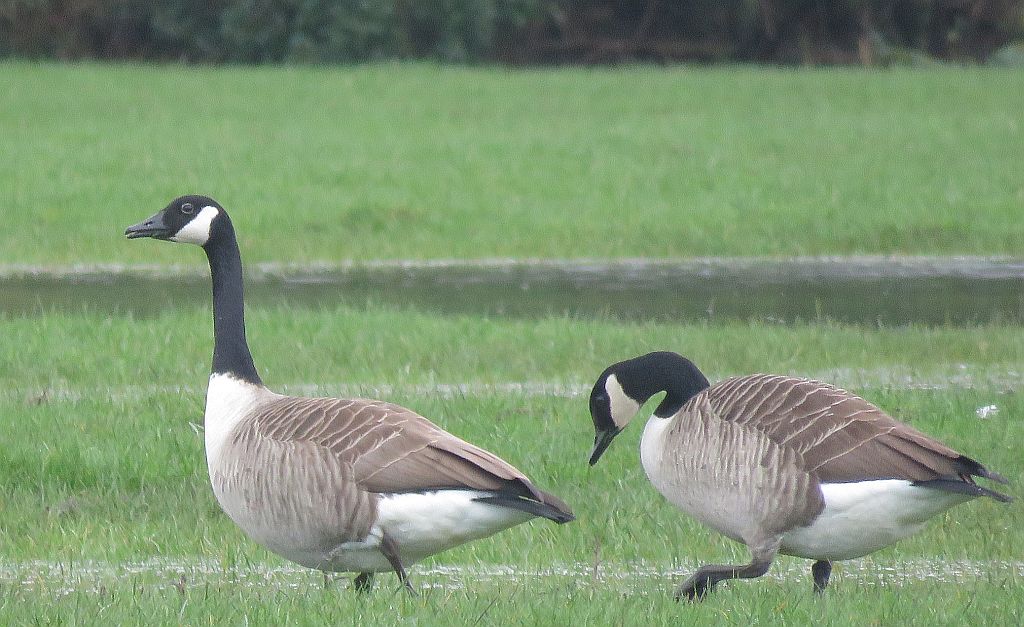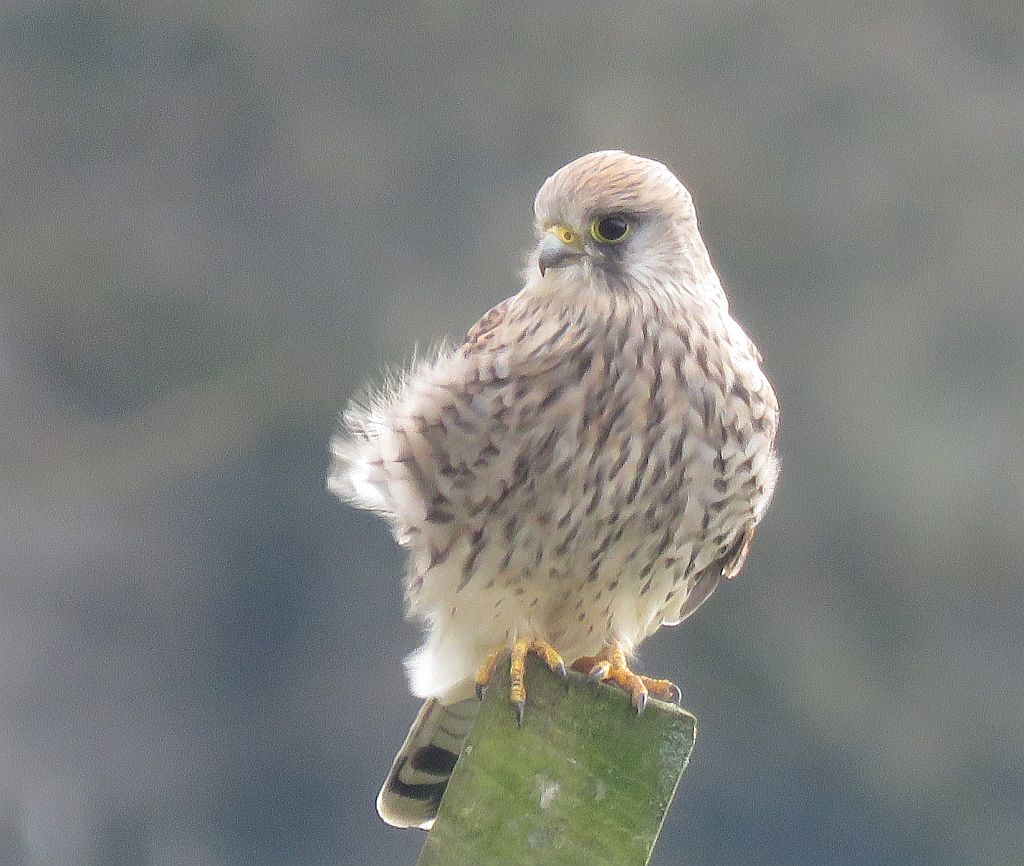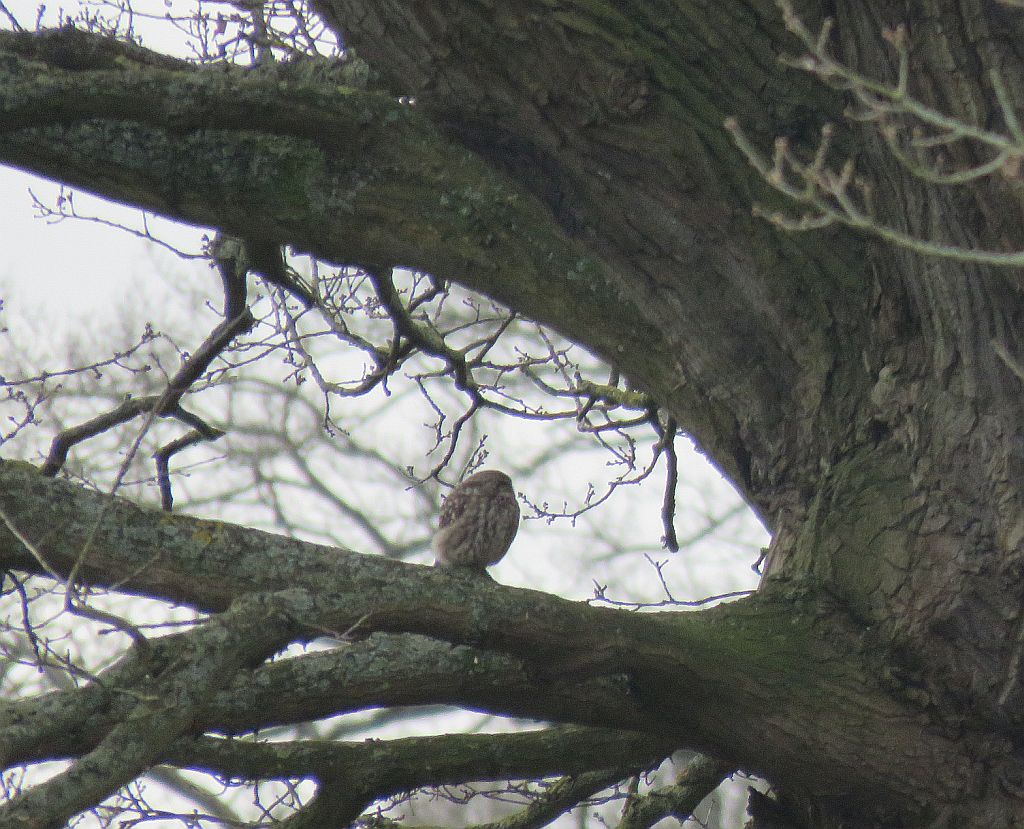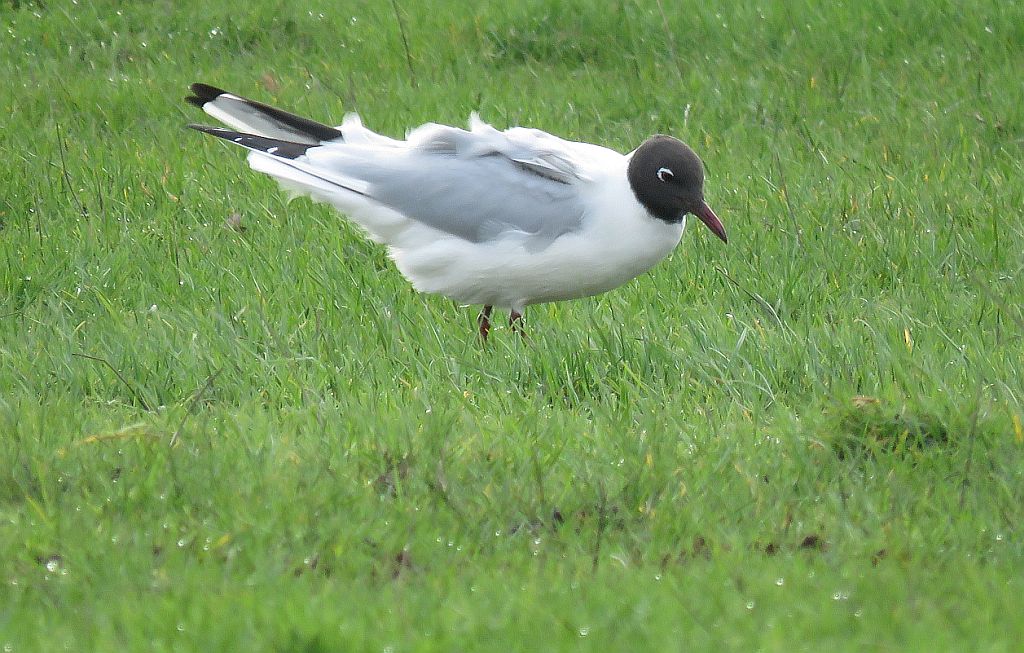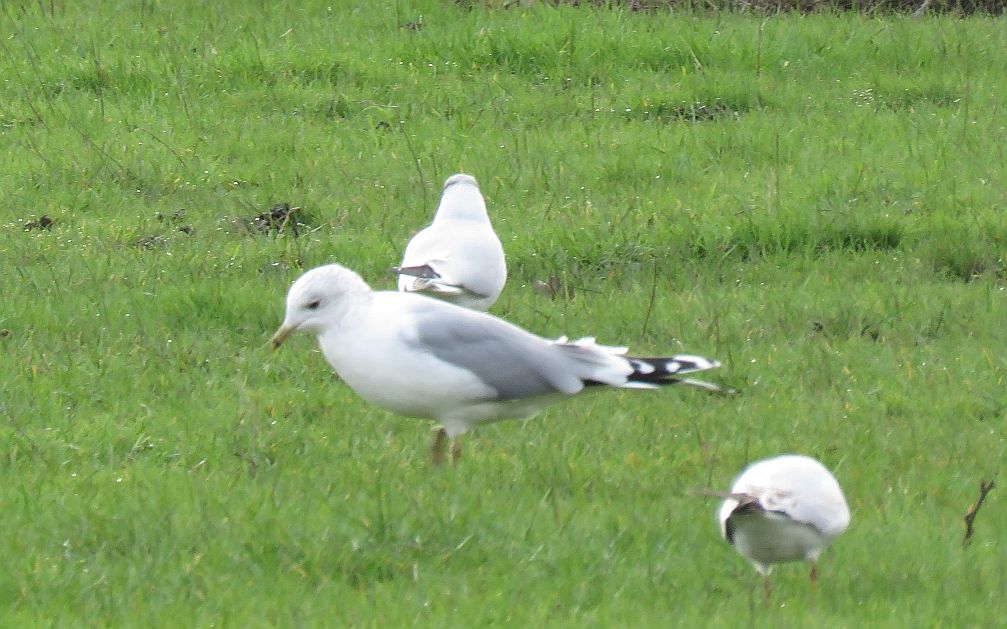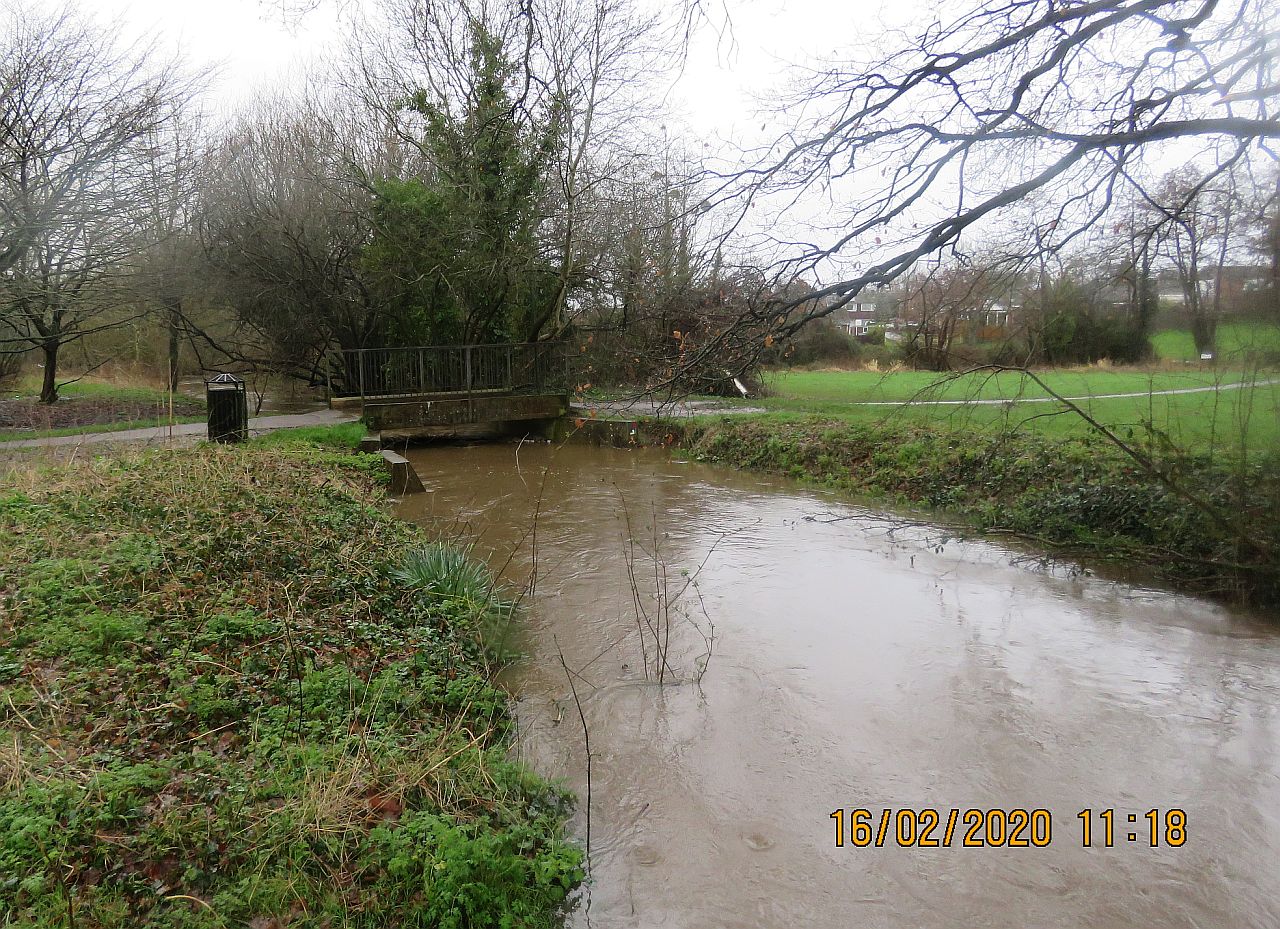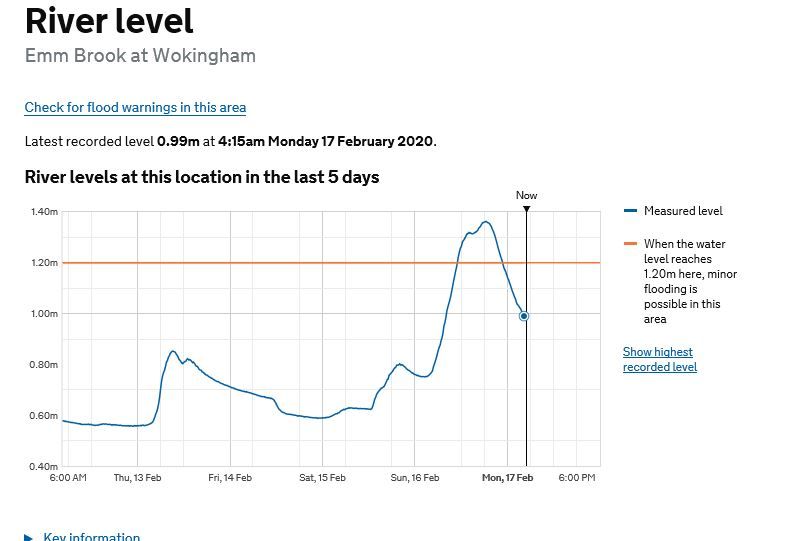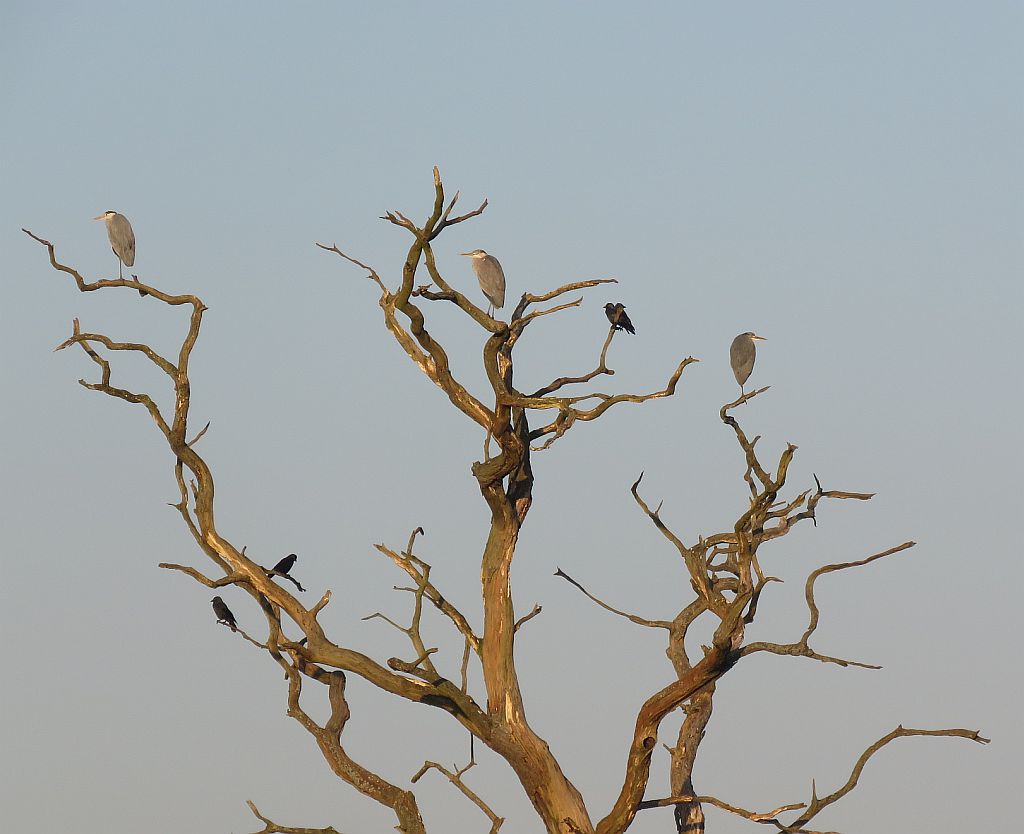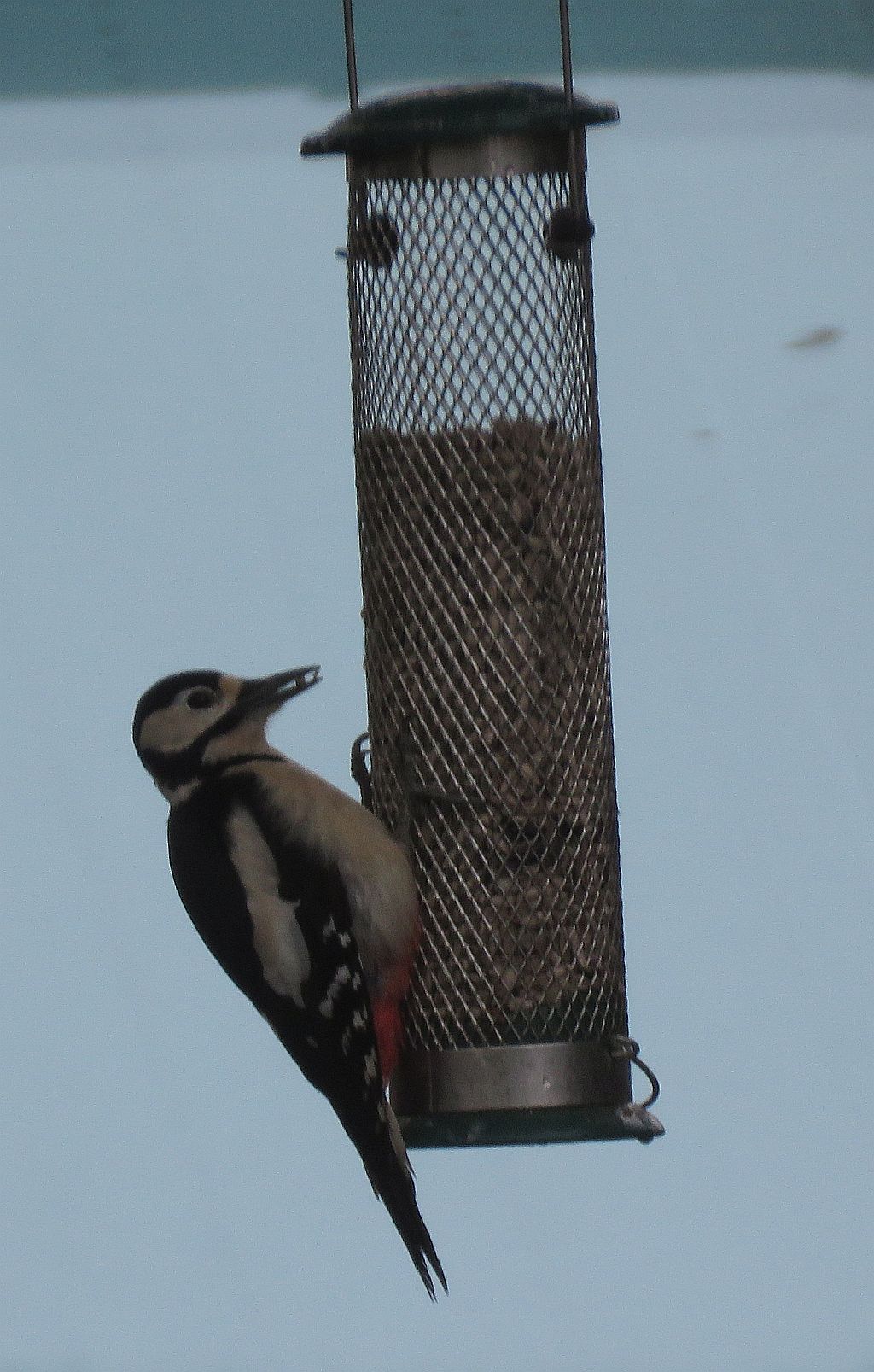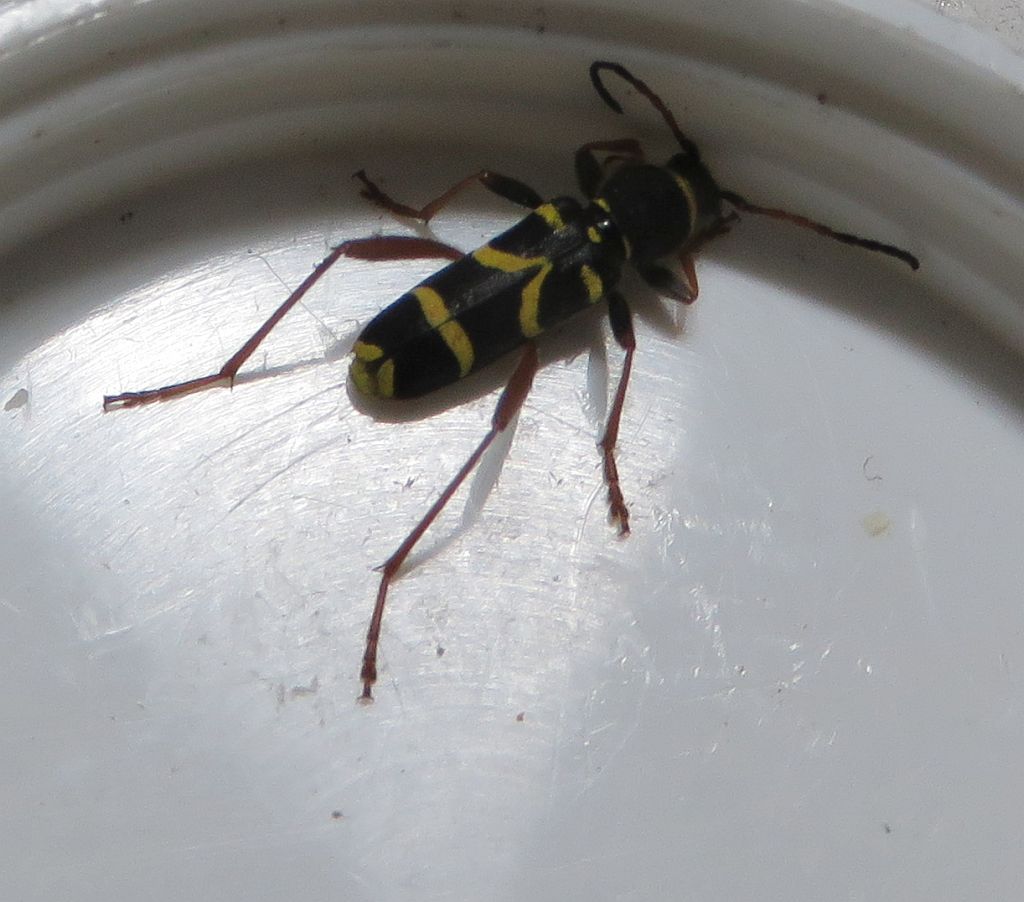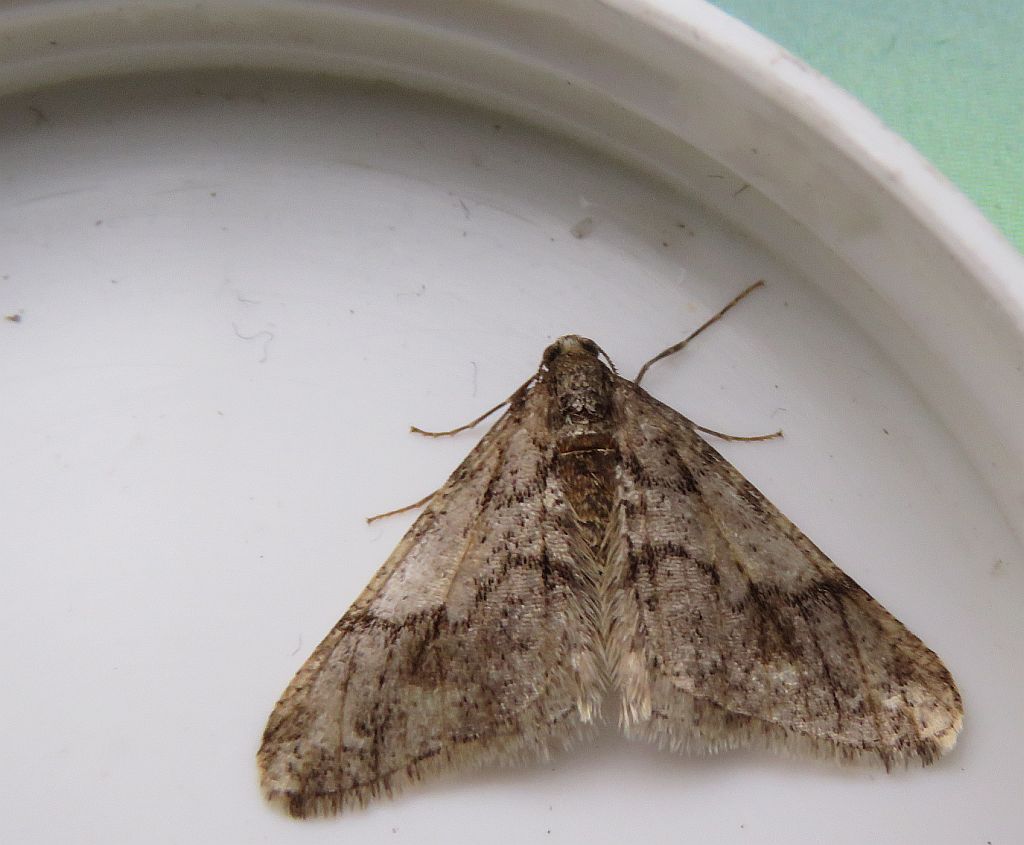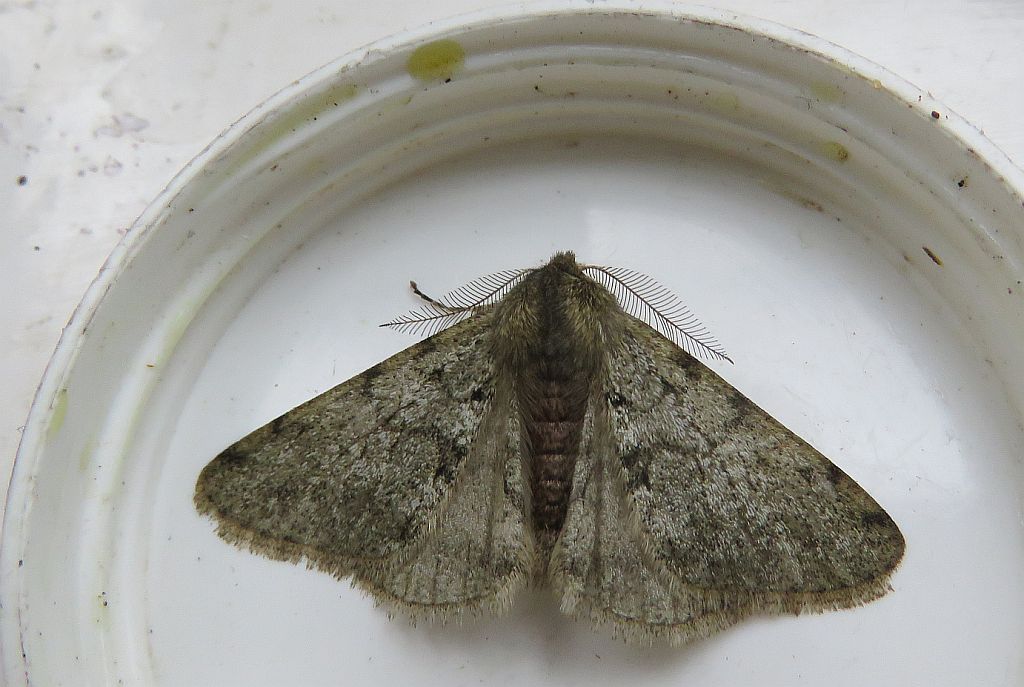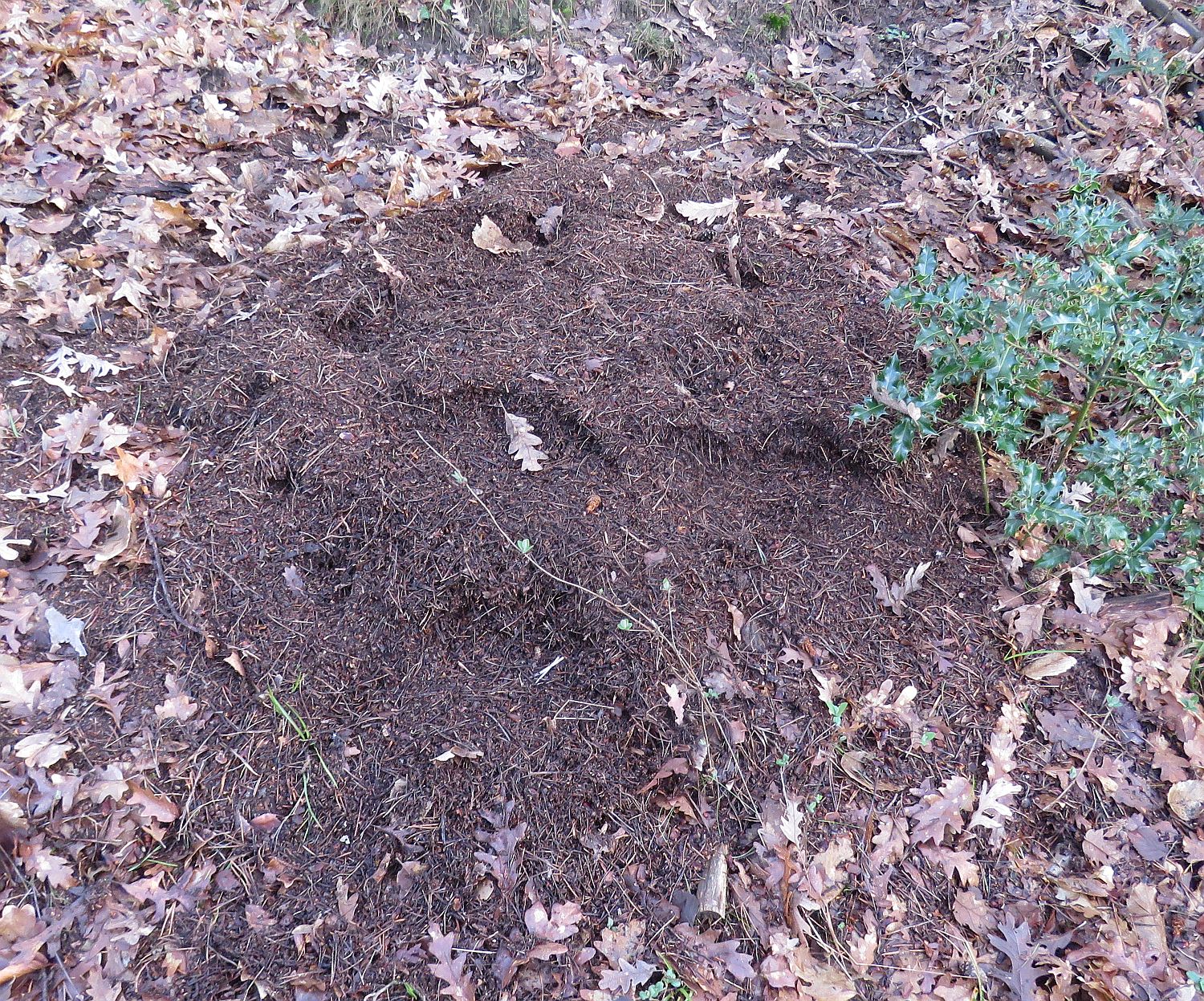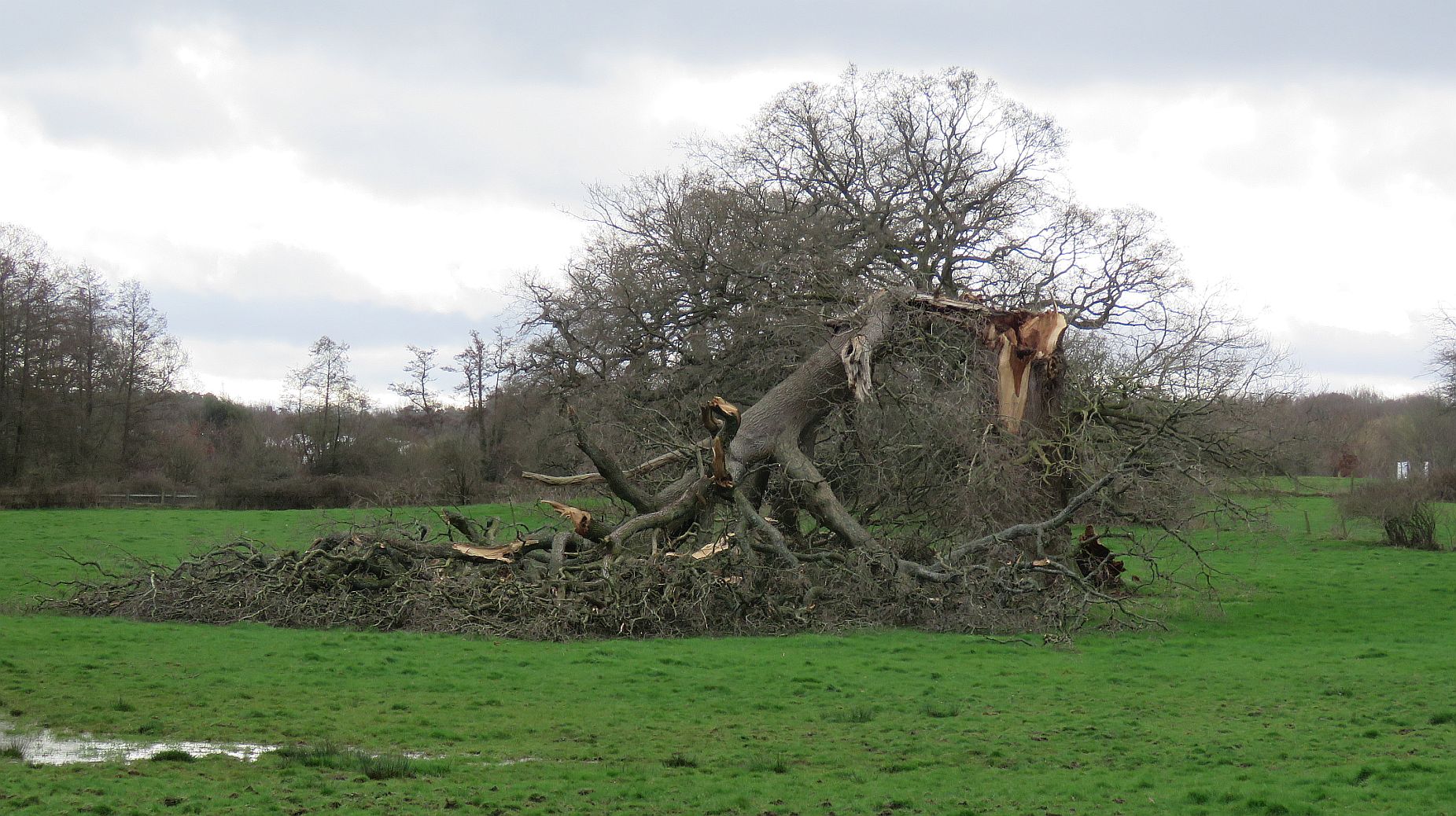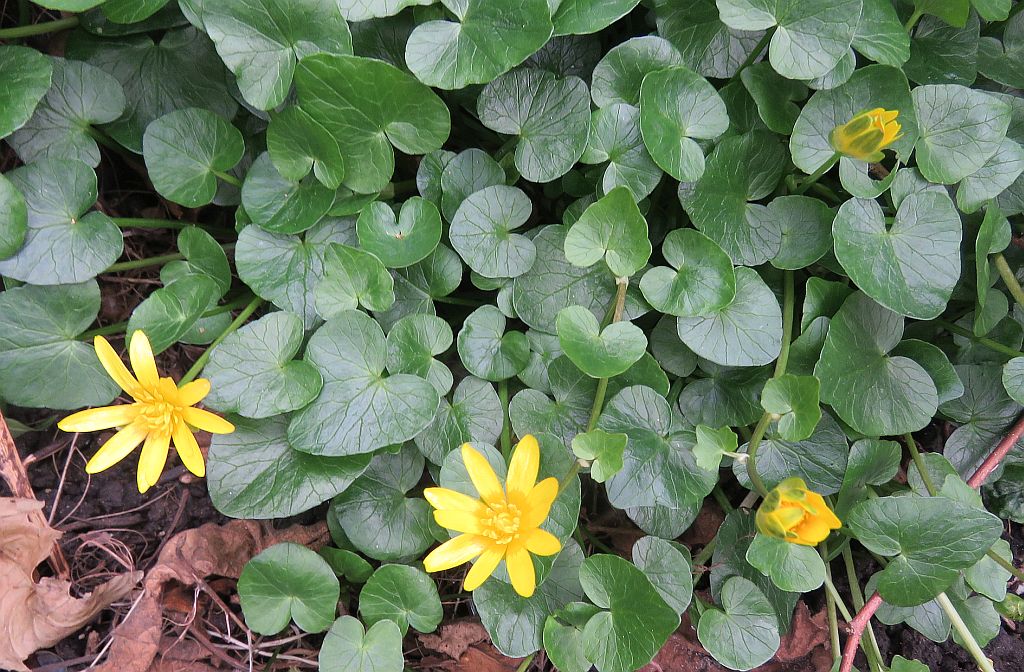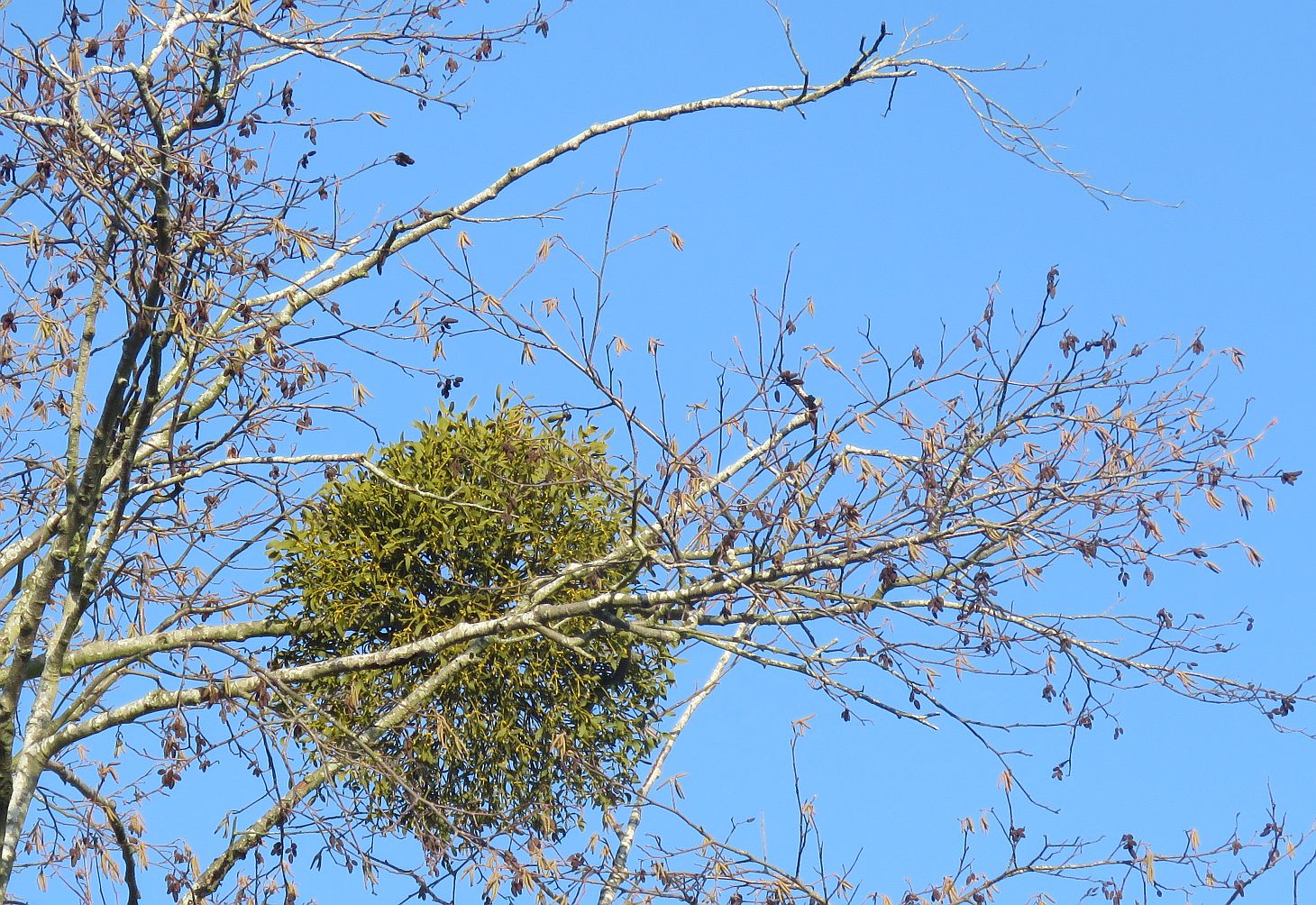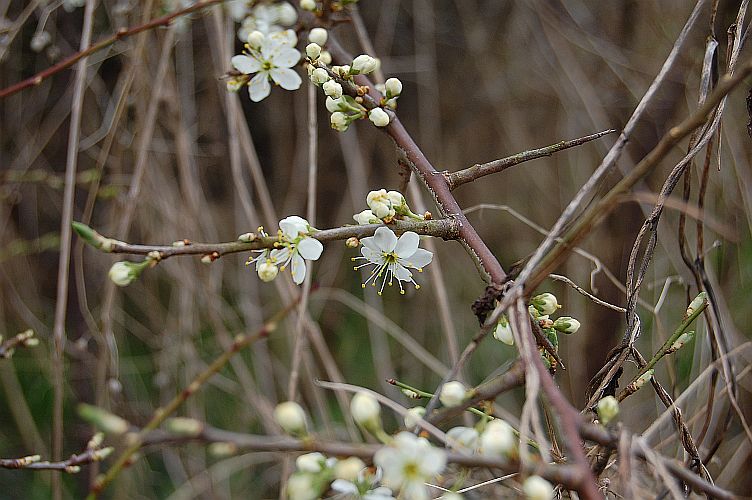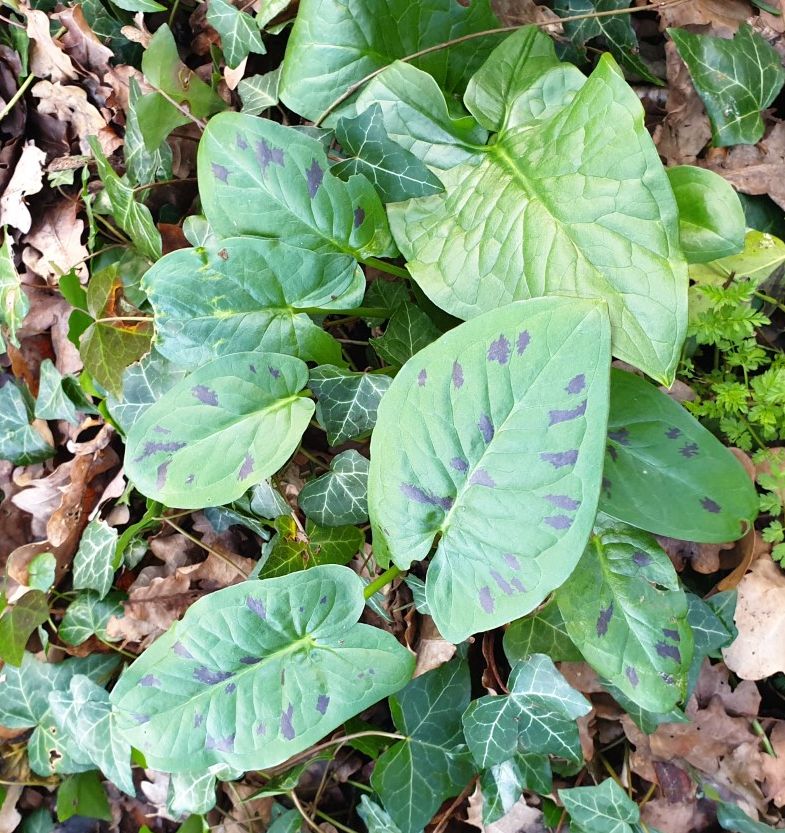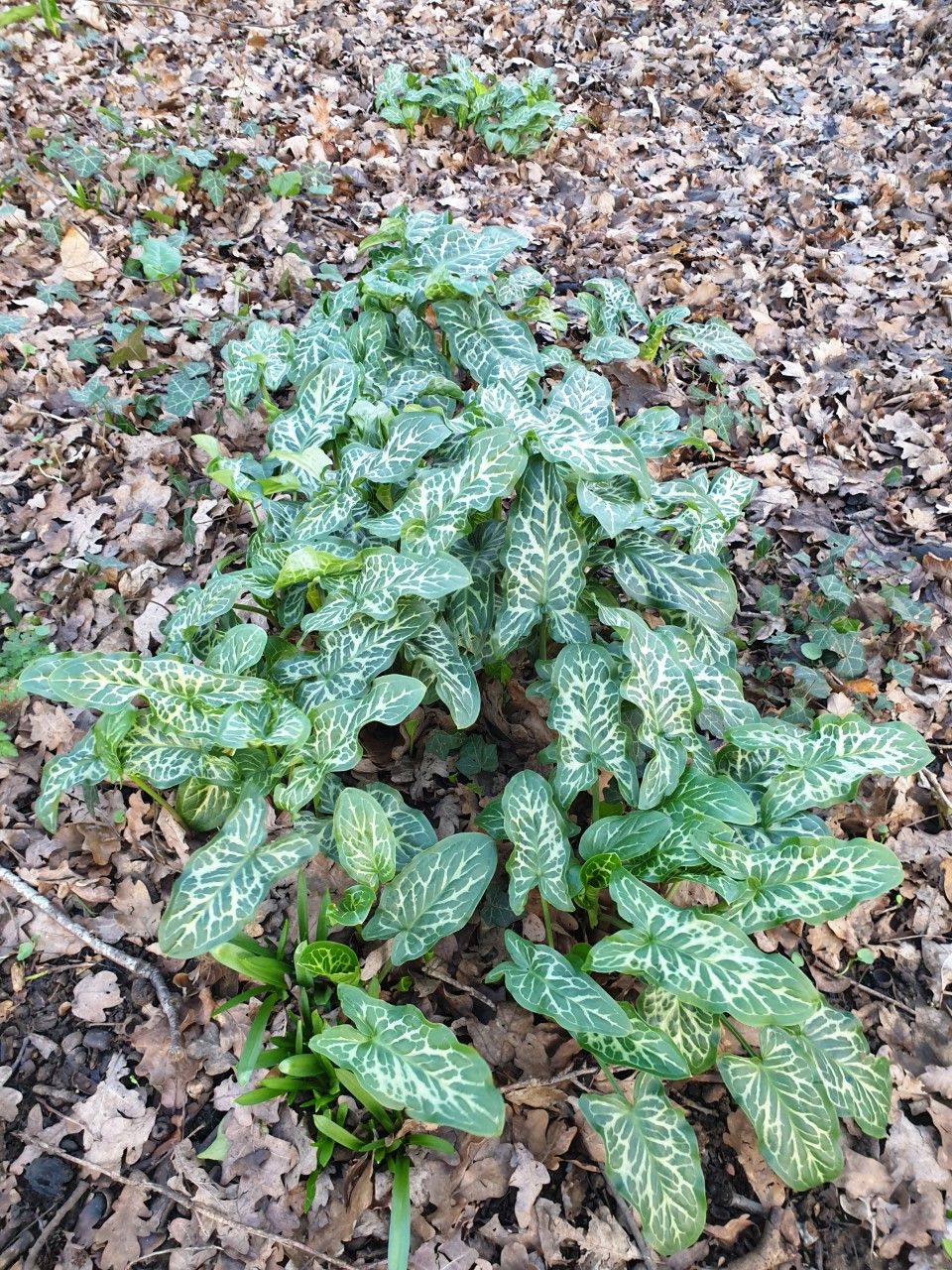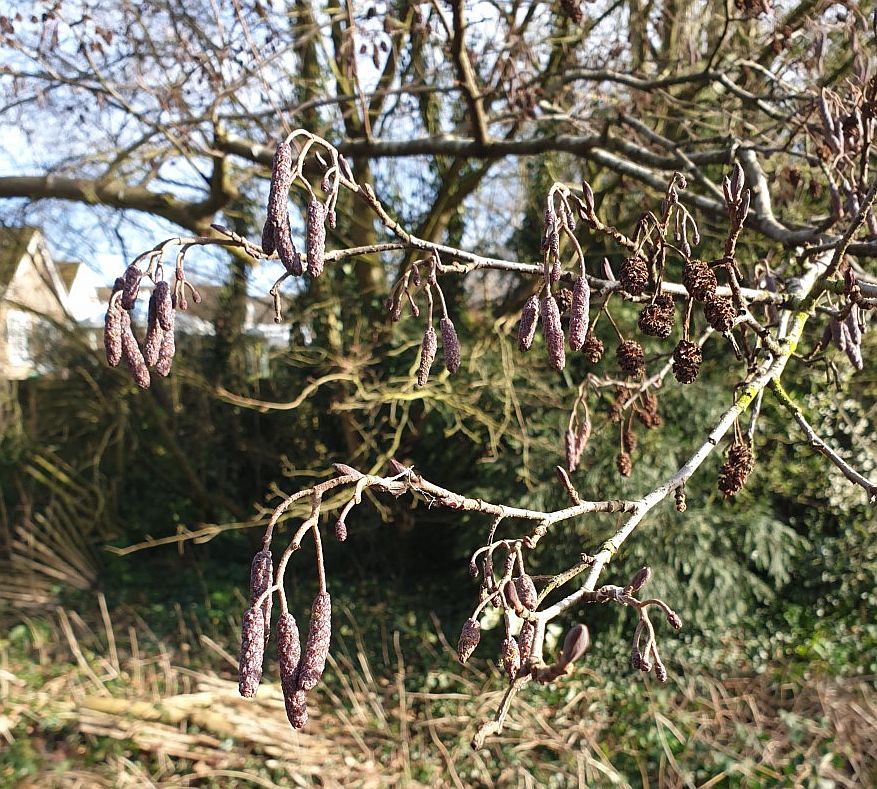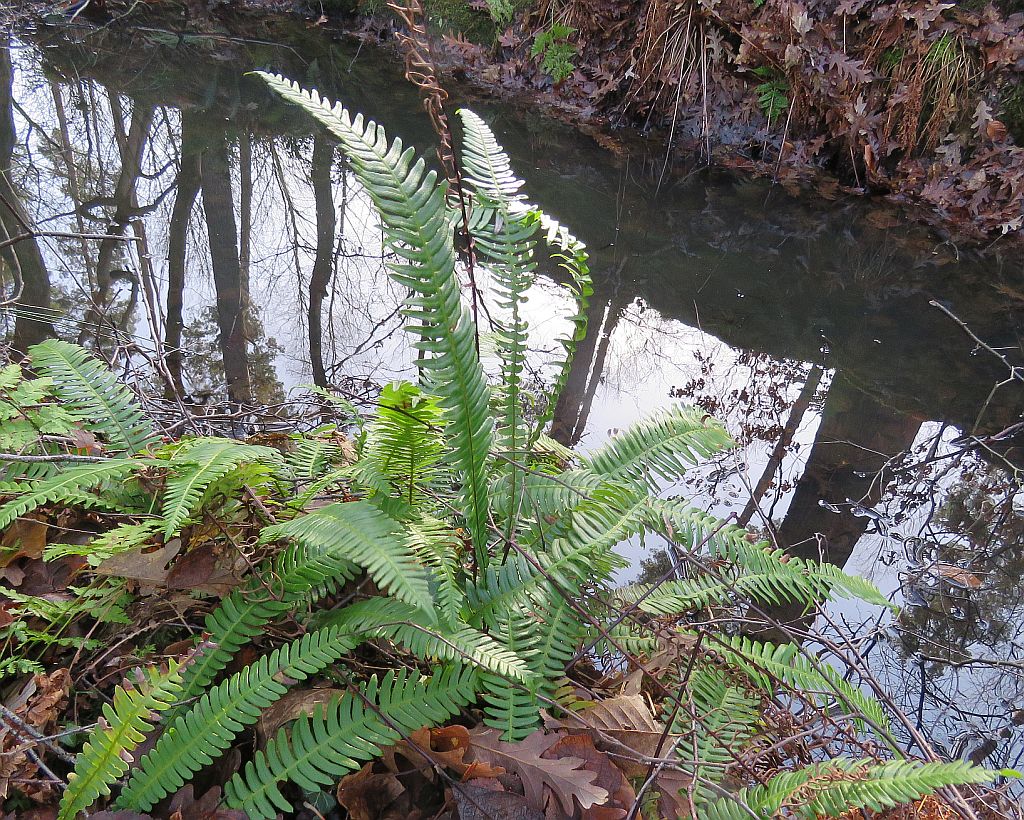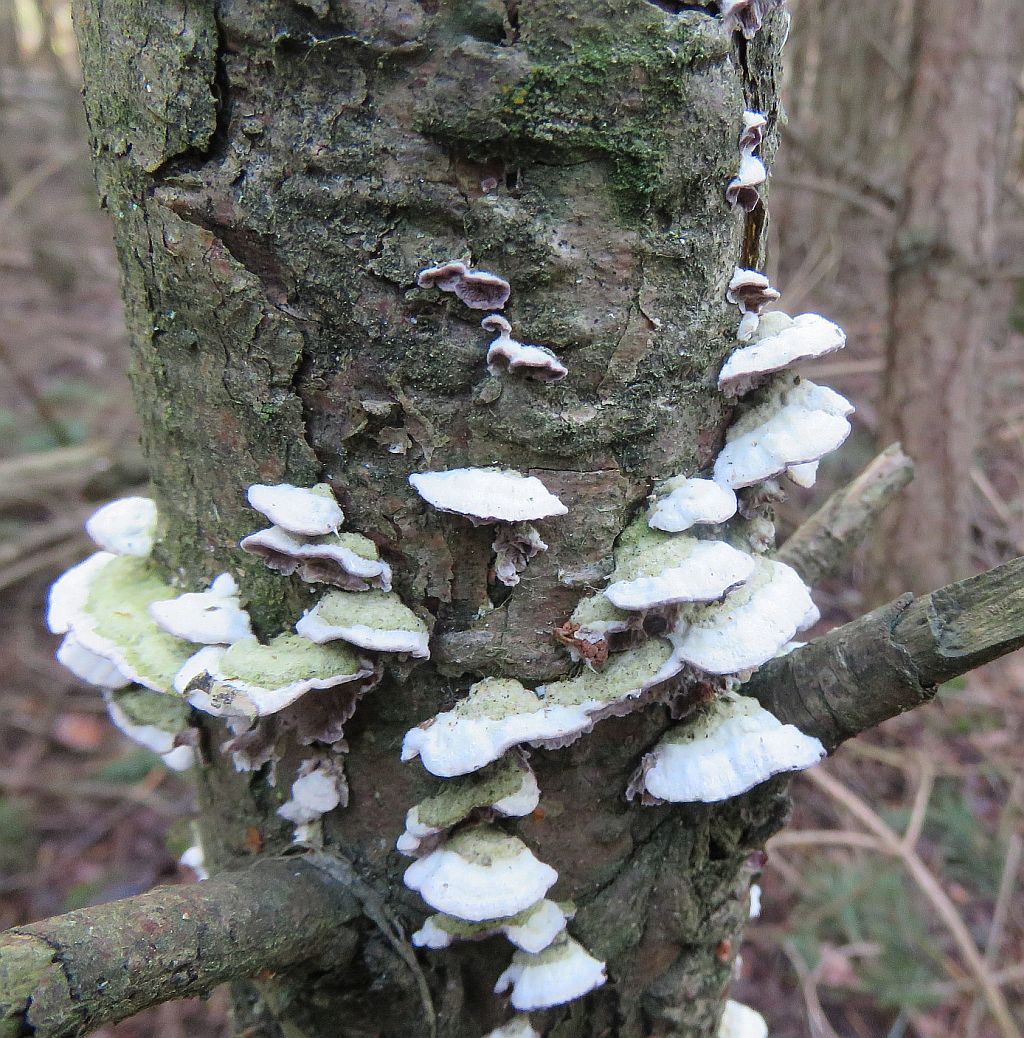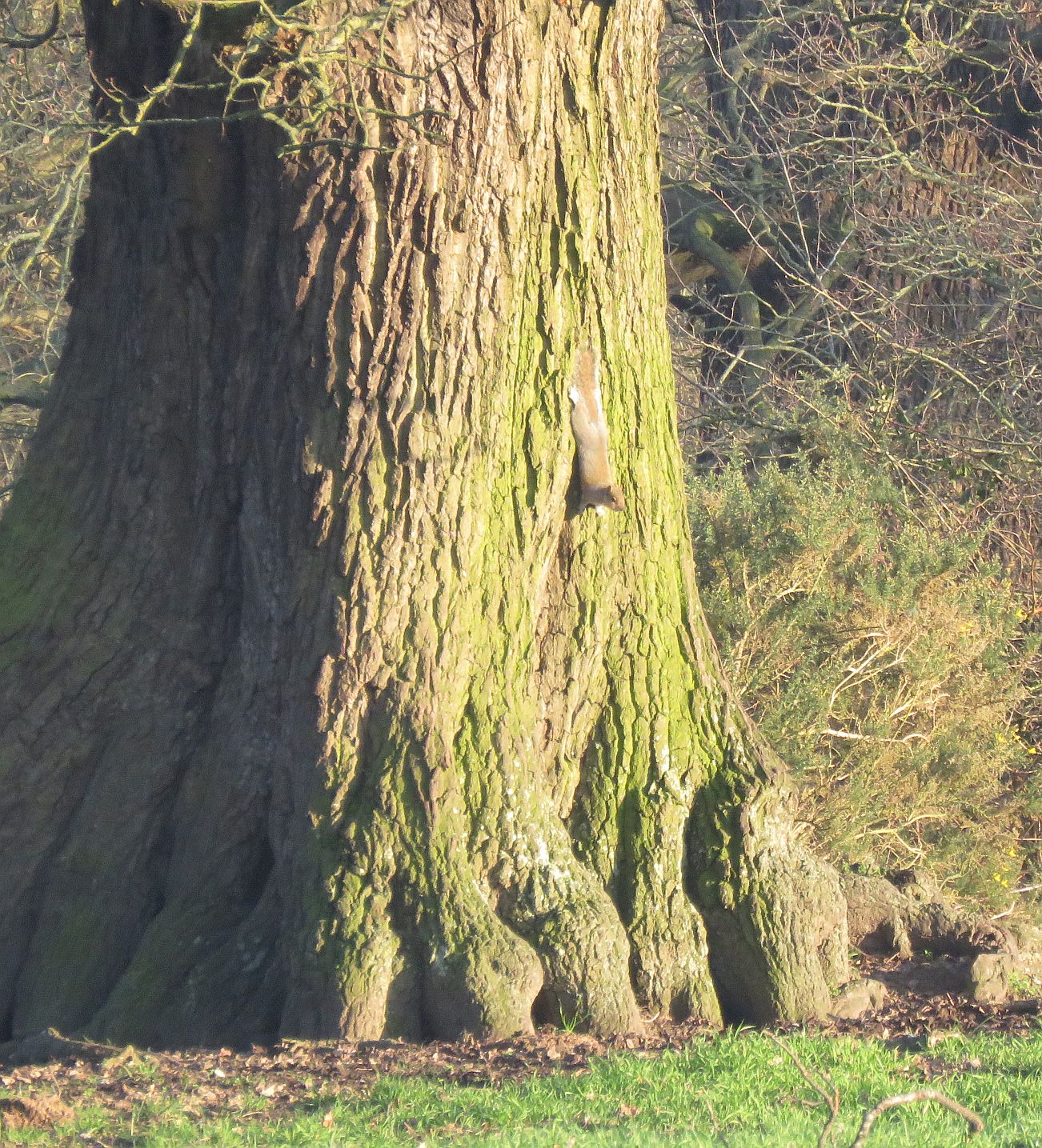
Click on the link to send in your sightings info@foteb.org.uk to help us monitor Emm Brook wildlife.This type of ‘citizen science’ allows us to get a clearer picture of what is happening.
For previous months sightings see Archive
The "Area Seen" refers to the 10 sections that the Brook has been split into for monitoring purposes (see Wildlife page under Monitoring ).
For what you can expect to see on the Emm this month, click here February
All sightings unless stated are from personal observations by Eddie Napper
Click on any picture to see a larger image
|
Birds
29/02/20
26/02/20
23/02/20
22/02/20 Area 10 again and the Barn Owl was seen in its box by Fraser Cottington. 21/02/20 In Area 10 seen and heard calling over the Car Park field, heading towards Winnersh were 8 Linnet . Seen by Nick Kightley 18/02/20 Finally someone was able to get out and about, although there is still plenty of flooding out there. In Area 10 seen from the Car Park field by Fraser Cottington were 8 Little Egret, 20+ Meadow Pipit, 3 Skylark and 6 Fieldfare. 16/02/20
15/02/20 As Storm Dennis tracks its way across the UK with wind gusts locally of 33.6 mph and 5mm of rain it was another day spent staying dry. With worse apparently to come tomorrow I'll keep an eye on the river. 14/02/20 Des Sussex was at Heathlake in Area 1 and saw a pair of Gadwall and a pair of Shoveller on the lake. 13/02/20 At 17.54 a male Tawny Owl was calling and showing in trees just south of the Green Bridge where the Emm Brook meets the Loddon in Area 10 seen by Brian Bennett. 12/02/20 At 16:30 a Common Buzzard was seen flying over Lowther Road in Area 6 being mobbed by Carrion Crows and then later over Area 5. 11/02/20 A Little Owl was sitting in the Oak trees at Chapel Green near the road to Ludgrove School in Area 1 seen by Rik Dawson. In Area 10 at the Car Park field a Common Buzzard was sitting on a fence post seen by John Kearns. 09/02/20 With Storm Ciara battering the South it was another day watching the feeders in my Area 5 garden and catching up with Household chores. With the wind gusting at 41.2mph locally it was no suprise that there were 10 Goldfinch enjoying an easy meal under arduous conditions. Most other birds seemed to remain hunkered down, waiting for the storm to pass and who can blame them. 08/02/20 In Area 10 and the Car Park field. A Common Buzzard was sitting on a fence post seen by Anne Cronin. 06/02/20
05/02/20
04/02/20 Area 10 again and the Car Park field. A Green Woodpecker was seen by John Kearns. 03/02/20 2 Raven flew over the landfill heading east in Area 10 seen from the top of the Car Park field by Fraser Cottington. 02/02/20
01/02/20 Heathlake in Area 1 was visited this morning 1 Grey Heron and 4 Cormorrant were roosting in the trees on the island. The lake itself held the usual mixture of Mallard, Coot , Moorhen , 2 Mute Swan , Great crested Grebe and approx 40 Black headed Gulls . |
Insects
19/02/20 Assisted by the wind , a Queen Buff-tailed bumblebee Bombus terrestris was seen moving quickly through Area 5. 09/02/20
01/02/20
|
Plants/ Trees 23/02/20
22/02/20
21/02/20
19/02/20
11/02/20
10/02/20
01/02/20
Fungi 01/02/20
Amphibians and Reptiles
Mammals 06/02/20
Fish/ Crustaceans
Molluscs
|
